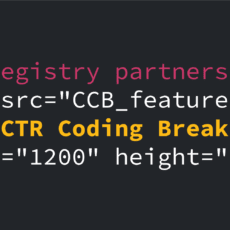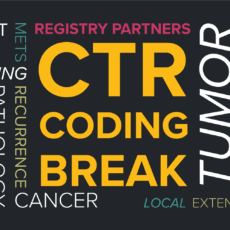
The October CTR Coding Break reviews the topic Abstracting in Text. Text in the cancer abstract is important and must be complete, timely, and accurate in order to be useful. Text can explain the choice of codes and should match the coded data. A brief introduction is provided along with more detail of the multiple subjects of text. Many times, the date, name or type, and…






